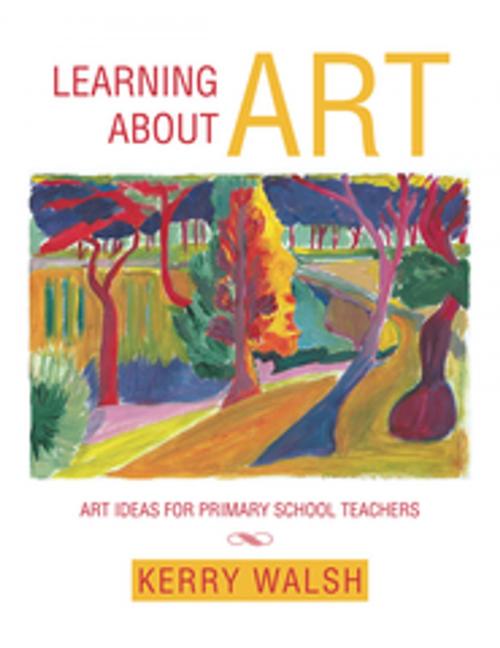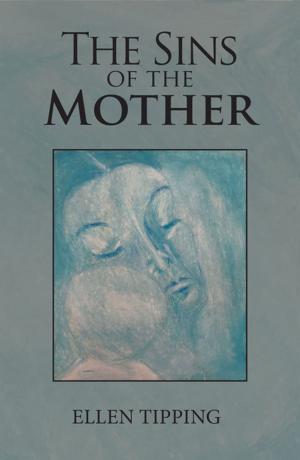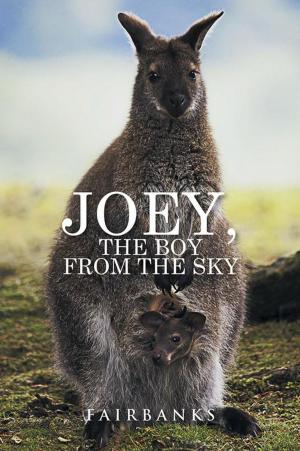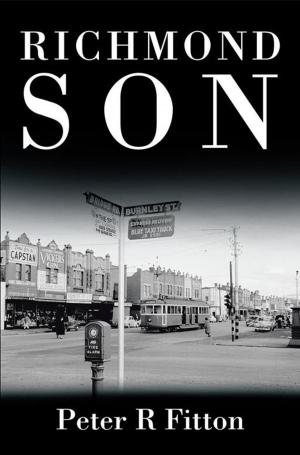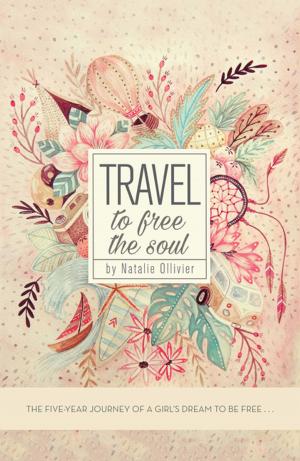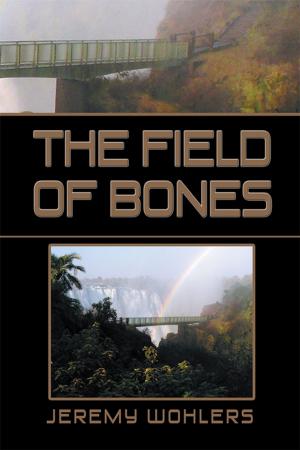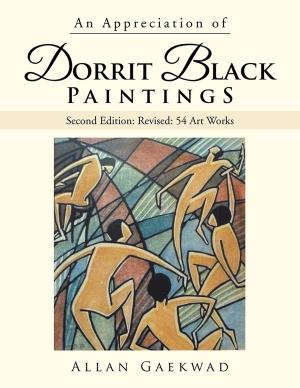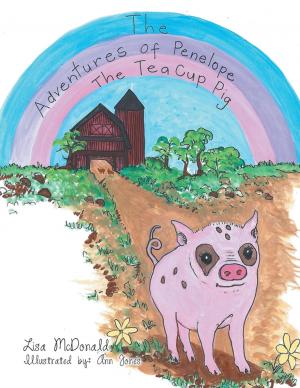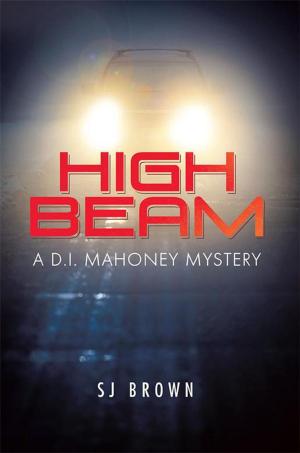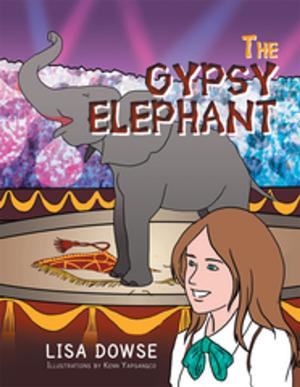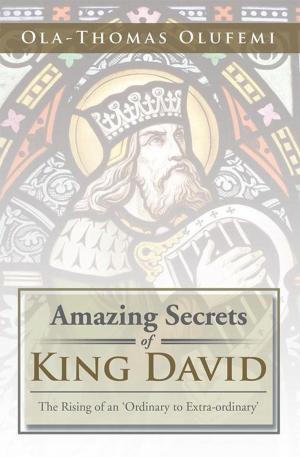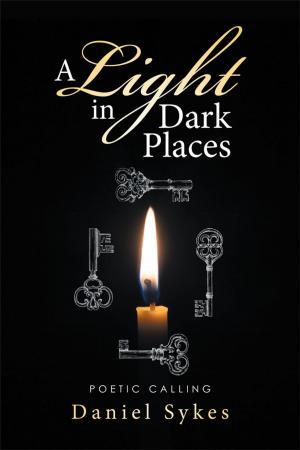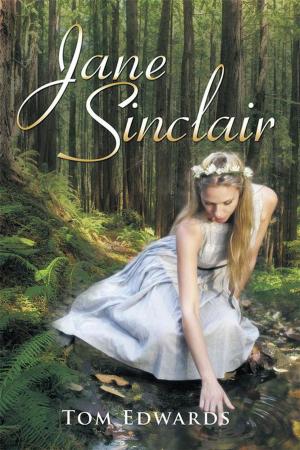Learning About Art
Art Ideas for Primary School Teachers
Nonfiction, Art & Architecture, General Art, Study & Teaching, Art Technique| Author: | Kerry Walsh | ISBN: | 9781493111176 |
| Publisher: | Xlibris AU | Publication: | October 12, 2013 |
| Imprint: | Xlibris AU | Language: | English |
| Author: | Kerry Walsh |
| ISBN: | 9781493111176 |
| Publisher: | Xlibris AU |
| Publication: | October 12, 2013 |
| Imprint: | Xlibris AU |
| Language: | English |
Kerry Walsh is married with three children. She has an art studio in Minto NSW, and exhibits her art regularly throughout the Sydney region. She completed a Visual Arts degree with honours before going on to study for a Master of Creative Arts honours degree with the University of Western Sydney. Originally she had been offering art lessons to children and adults, from her studio in Minto, as well as after school classes for children at Minto Primary School, before deciding to go back to University and study for a Bachelor of Teaching Degree at the University of Western Sydney.
She retired from teaching two years ago to write her book and continue with her art practice. However, she could not let teaching go and still holds private art classes. After teaching in both Primary and Secondary schools she realized how important an informed art lesson is in obtaining the desired academic outcomes from her students. Too little research by a student resulted in a superficial art work that had very little depth and offered a discouraging result. Students were elated with their art only when they understood in what context it should be made. When students researched other artists, and realized how different the artists world was compared to the students own, it became clear why these artists painted the way they did. With this new understanding and, through class discussions students were encouraged to look at their own world and to attempt their own art in a more enlightened way.
Younger students were excited to see how artists thirty, fifty, or a hundred years ago lived, what they liked to paint and, how they expressed what was happening around them. Second class students were surprised to be confronted by Warhols Soup Cans and wanted to have a go at painting something themselves. Students held a class discussion to decide what to paint if they were painting pop art today. They discussed what image they would like to paint in a repeated pattern and why? The result, elephants, and they should be coloured elephants like bright colourful neon lights telling everyone to visit the zoo. The result of this more inclusive way of presenting art to younger primary school students, which included learning basic information about art movements, artists and art works and, did not simply look at a picture in terms of is it easy to copy or, is it colourful and easy to paint, implanted an understanding about what art is, resulting in a deeper appreciation about art for each student.
Encouraging a positive reaction about art even at a basic level for younger classes, helps students to understand that their own individuality is an essential part of art making. No longer should students compare their art to those around them and decide if it is good or bad or they are good at art or bad at art; students learn that everyone is an individual and, that their art is not only interesting but also creative. This discovery raises students self esteem, which in turn increases confidence in their own ability to work through ideas unaided; creating an art work that is pleasing and imaginative.
Upper Primary students (years 3 6) are enabled by their computer research to better understand the complexities of life in a former time. When their teacher links the art they are working on to the historical time the class is looking at, themes such as the Australian Gold fields or settling Outback Australia, becomes alive when viewed through the art of the times. By immersing themselves in the creativity of art making, ultimately other aspects of their academic life are enhanced. A students confidence is increased as they become aware that their own ideas are important and accepted.
Kerry Walsh is married with three children. She has an art studio in Minto NSW, and exhibits her art regularly throughout the Sydney region. She completed a Visual Arts degree with honours before going on to study for a Master of Creative Arts honours degree with the University of Western Sydney. Originally she had been offering art lessons to children and adults, from her studio in Minto, as well as after school classes for children at Minto Primary School, before deciding to go back to University and study for a Bachelor of Teaching Degree at the University of Western Sydney.
She retired from teaching two years ago to write her book and continue with her art practice. However, she could not let teaching go and still holds private art classes. After teaching in both Primary and Secondary schools she realized how important an informed art lesson is in obtaining the desired academic outcomes from her students. Too little research by a student resulted in a superficial art work that had very little depth and offered a discouraging result. Students were elated with their art only when they understood in what context it should be made. When students researched other artists, and realized how different the artists world was compared to the students own, it became clear why these artists painted the way they did. With this new understanding and, through class discussions students were encouraged to look at their own world and to attempt their own art in a more enlightened way.
Younger students were excited to see how artists thirty, fifty, or a hundred years ago lived, what they liked to paint and, how they expressed what was happening around them. Second class students were surprised to be confronted by Warhols Soup Cans and wanted to have a go at painting something themselves. Students held a class discussion to decide what to paint if they were painting pop art today. They discussed what image they would like to paint in a repeated pattern and why? The result, elephants, and they should be coloured elephants like bright colourful neon lights telling everyone to visit the zoo. The result of this more inclusive way of presenting art to younger primary school students, which included learning basic information about art movements, artists and art works and, did not simply look at a picture in terms of is it easy to copy or, is it colourful and easy to paint, implanted an understanding about what art is, resulting in a deeper appreciation about art for each student.
Encouraging a positive reaction about art even at a basic level for younger classes, helps students to understand that their own individuality is an essential part of art making. No longer should students compare their art to those around them and decide if it is good or bad or they are good at art or bad at art; students learn that everyone is an individual and, that their art is not only interesting but also creative. This discovery raises students self esteem, which in turn increases confidence in their own ability to work through ideas unaided; creating an art work that is pleasing and imaginative.
Upper Primary students (years 3 6) are enabled by their computer research to better understand the complexities of life in a former time. When their teacher links the art they are working on to the historical time the class is looking at, themes such as the Australian Gold fields or settling Outback Australia, becomes alive when viewed through the art of the times. By immersing themselves in the creativity of art making, ultimately other aspects of their academic life are enhanced. A students confidence is increased as they become aware that their own ideas are important and accepted.
